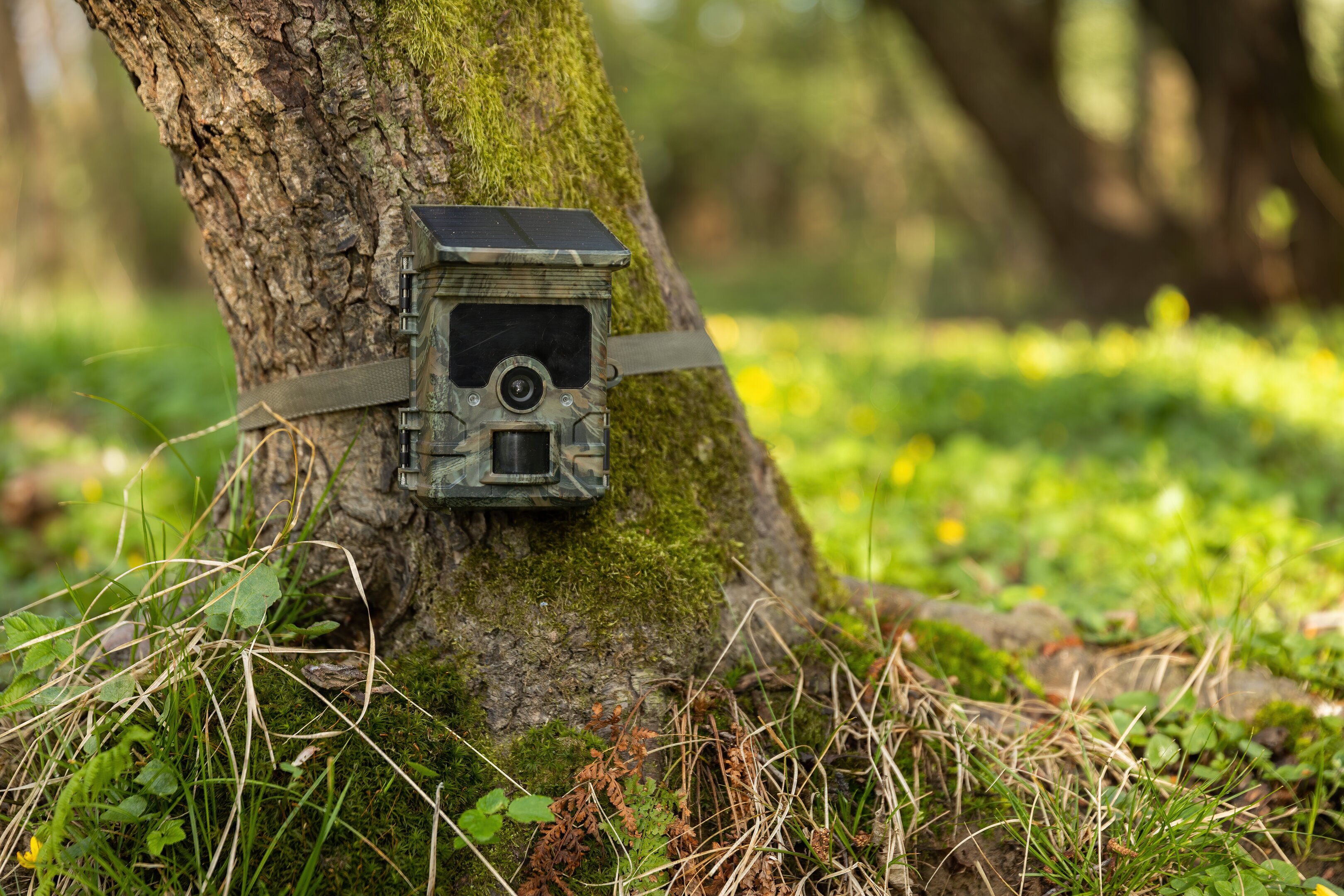
Blog

How to monitor animals?
1. LOCATION
Most animals use specific trails and locations in the forest or wilderness. These places are ideal for the placement of trail cameras. It is advisable to choose a spot where wildlife usually spends the most time. Animals are most active during twilight and early morning, so placing the trail camera at these times can be very successful.
2. FOCUS ON GAME TRAILS
Find the usual routes of wildlife and place the trail camera ideally so that it is facing up or down the trail. This will provide more time to detect movement as the animal approaches and passes by.
3. ATTRACT GAME TO THE SPECIFIC LOCATION
Entice game into the field of view of the trail camera using attractants such as corn syrup or apple scent, which will momentarily delay the animal, giving the trail camera a great opportunity to capture a clear image.
4. WATCH OUT FOR THE SUN
Using trail cameras is similar to taking photos with a regular camera. When you point it directly into the sun, there won't be anything useful in the images, and you may confuse the device. Trail cameras are triggered by heat and movement, so they can receive false signals from direct sunlight, especially if there are moving branches around. Therefore, pay attention to the movement of the sun and the surrounding vegetation to correctly position the trail camera, ensuring that your shots are worthwhile.







